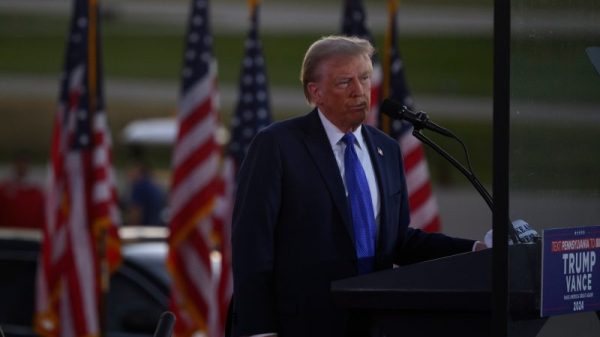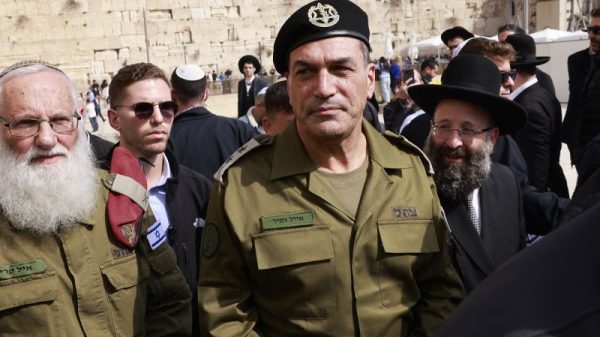Syria’s civil war is back in the spotlight after a new rebel coalition launched a surprise attack, sweeping into the country’s second largest city, Aleppo.
The offensive is the first time opposition forces have seized territory in Aleppo since 2016, shattering the stalemate of a war that never formally ended.
The renewed conflict, which has killed more than 300,000 and sent nearly 6 million refugees out of the country, also has wide ramifications across the region and beyond.
Here’s what you need to know.
What happened in Syria’s civil war?
At the height of the Arab Spring in 2011, pro-democracy demonstrators took to the streets in Syria calling for the ouster of its authoritarian President Bashar al-Assad.
The protesters were met with deadly force. As Assad’s forces crushed the pro-democracy movement, an armed opposition began to form made up of small organic militias and some defectors from the Syrian military.
The opposition forces – decentralized, made up of different ideologies, but with a common goal of toppling Assad – were supported in various ways by foreign powers including neighboring Turkey, regional giants Saudi Arabia and the United Arab Emirates, as well as the United States.
As the anti-government forces grew, Syria’s allies Iran and Russia stepped up their support. On the ground, Iran’s Revolutionary Guard as well as its Lebanese proxy Hezbollah helped fight the armed rebel groups. In the skies, the Syrian Air Force was bolstered by Russian warplanes.
Extremist Islamists including al Qaeda took an interest in Syria, taking up a common cause with the moderate Syrian opposition who did not welcome jihadist involvement.
But by 2014 the extremists dominated and ISIS began sweeping across the country. Fearing Syria would become a permanent terror hotbed, an international coalition led by the US stepped in with a focus on eliminating the group but without confronting the Syrian regime.
The Syrian Democratic Forces (SDF) – a US partner made up of Kurdish fighters – fought against ISIS, effectively ending the group’s territorial existence.
In 2020, Russia and Turkey agreed a ceasefire in the last remaining opposition-held province, Idlib, agreeing to establish a security corridor with joint patrols.
There have been no major flare-ups since then but Syria’s government never regained all of its territory. And as events in Aleppo show, armed resistance never went away.
Why has the conflict reignited now?
The offensive began on Wednesday after rebels formed a new coalition called the “Military Operations Command.”
They quickly swept through villages outside Aleppo and residents have now said they control much of the city, meeting little resistance on the way.
The fighters say they are seeking to liberate occupied territory and were responding to stepped up attacks from government forces and pro-Iranian militia groups.
The rebels may be seeking to capitalize on a weakened government whose key allies are heavily preoccupied with other conflicts.
Russia invaded Ukraine in 2022 and has ploughed manpower and resources into the war. Russia is Assad’s main partner in the sky.
Losing Aleppo marks a significant setback for Assad’s forces. Once Syria’s largest city by population and its economic capital, it is one of the oldest inhabited cities in the world.
Aleppo was also the main rebel stronghold until Assad took it over in 2016. With the rebels regaining a foothold there again, they are no longer cornered in Idlib, which could potentially trigger a domino effect.
Who are the rebels?
The new grouping is made up of a broad spectrum of opposition forces, from Islamist factions to moderates.
Leading them is Hayat Tahrir al-Sham (HTS), a former al Qaeda affiliate in Syria that used to go by the name Al-Nusra Front.
The group officially cut ties with al Qaeda and has been the de facto ruler in Idlib. They have been joined by groups backed by Turkey and others previously supported by the US.
Complicating the situation further the SDF has taken up some of those positions.
The backbone of the SDF are Kurdish fighters from a group known as the Peoples’ Protection Units (YPG), which has previously fought other Syrian opposition groups.
Neighboring Turkey considers the YPG to be an extension of a group it considers a terrorist organization.







































